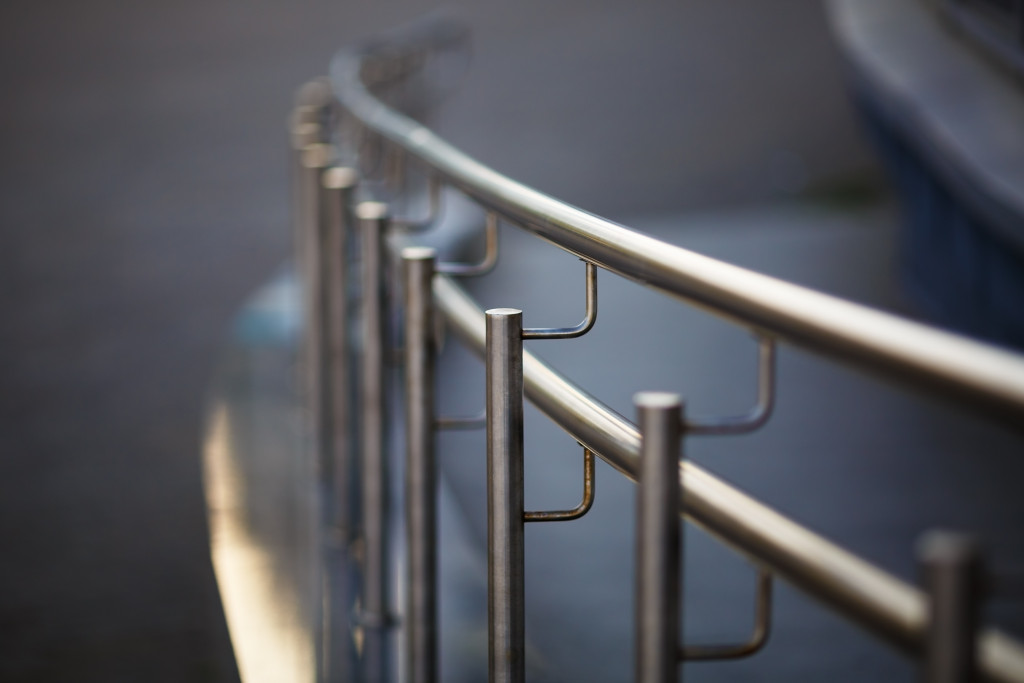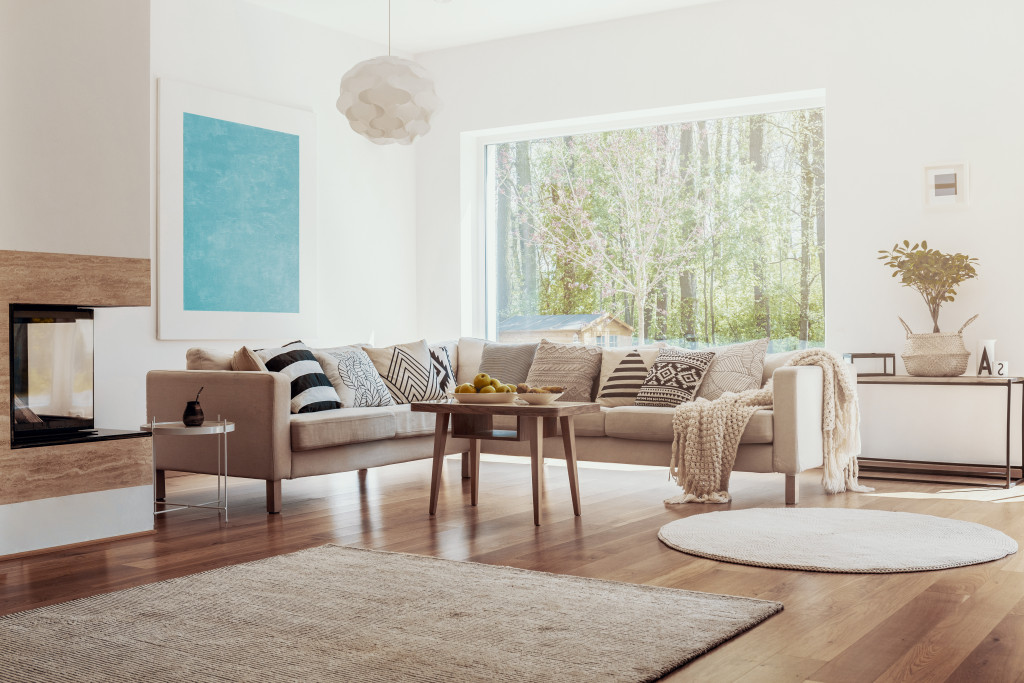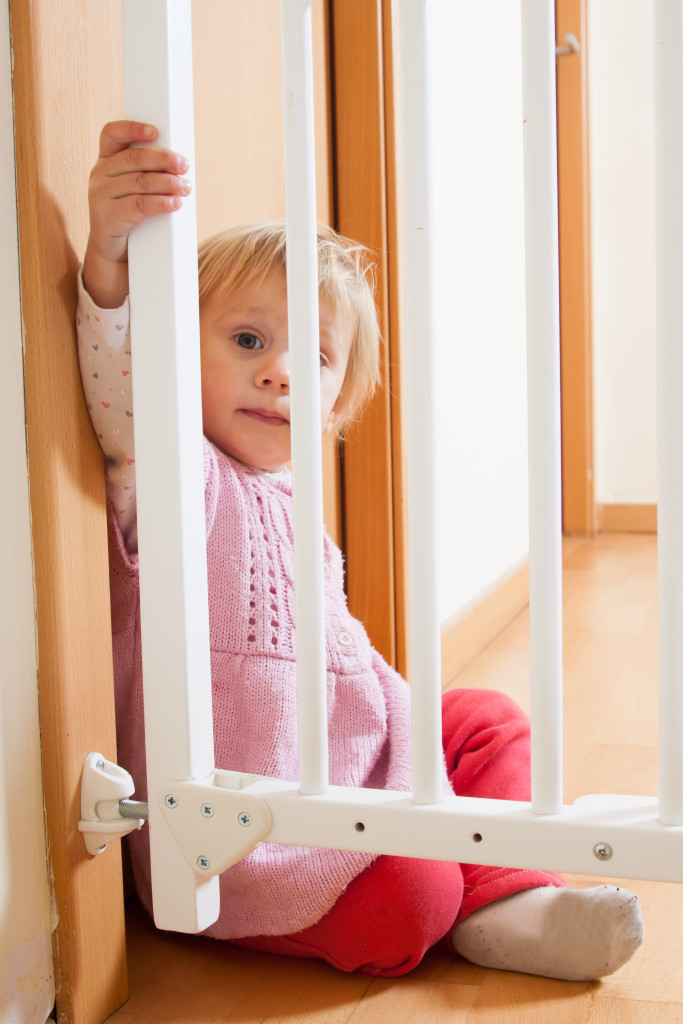- Keep dangerous objects out of reach and secure furniture to walls.
- Encourage good habits like walking carefully with good posture, using handrails, wearing appropriate footwear, and practicing balance.
- Eliminate tripping hazards in the home.
- Securely fasten furniture to the walls when attaching them.
- Put tape or non-slip strips on slippery surfaces.
Parenting is an exciting and challenging experience. While it’s an incredible opportunity to shape a young life, you must take some risks into account. One of these is the risk of falls and trips for your children at home. As parents, you want to ensure that your child has a safe environment to explore without sacrificing their independence or fun. Here are five tips to help you prevent falls and trips for your children at home.
1. Keep Dangerous Objects Out of Reach
Children constantly explore new environments and mustn’t encounter any potential dangers. Ensure all dangerous objects like small toys, sharp tools, and chemicals are stored out of reach, preferably in a locked cabinet. It’s also a good idea to secure furniture like TV stands and bookcases to the walls, as curious children can easily pull over these.
Furthermore, it’s essential to be aware of any potential hazards in your home that might not be obvious to a child. For example, you should cover electrical outlets with safety plugs, window cords should have safety tassels, and keep any heating appliances far from reach. Taking these simple precautions can help ensure your child’s safety in their home environment.
2. Develop Good Habits for Avoiding Falls and Trips

Encourage your children to develop good habits for avoiding falls and trips at home. This way, they can learn to be aware of their surroundings and minimize the risk of accidents.
Here are some good habits you can encourage to avoid falls and trips:
Walk Carefully
Encourage your children to walk carefully around furniture and objects in the home. Teach them not to dash or run through areas of the home cluttered with items, as running can lead to trips and falls. Show them good posture when standing and walking, keeping their eyes focused on where they are going instead of looking down at their feet.
Use Handrails
Make sure that all staircases have sturdy handrails installed, and explain to your children the importance of using them when climbing stairs or getting up from a seated position. Explain that this will help keep them balanced and prevent slips, trips, and falls.
Wear Appropriate Footwear
Encourage your children to wear shoes with non-slip soles, as these will help prevent slips on slippery surfaces like floors that have been waxed or polished. Avoid wearing flip-flops, sandals, and other open-toed shoes at home, as these can increase the chances of trips and falls.
Practice Balance
You can encourage your children to practice their balance by setting up an obstacle course with chairs, mats, and cushions. Show them how to move carefully around each object in the course without stumbling or losing their footing. This will help improve their coordination and agility, which can help prevent falls and trips.
3. Revamp the Home to Eliminate Tripping Hazards

Your home must be free of tripping hazards, which can lead to falls and trips. Common tripping hazards include loose rugs and carpets, cords and wires, uneven surfaces, slippery floors, and pets or toys in the way. Regularly check the home for any potential hazards and ensure they are eliminated before a child can contact them.
For further safety, consider installing a PVC wall base in your home. A wall base is a durable and elegant product with a low profile that protects from tripping hazards. The ease of installation makes it ideal for revamping the home, adding additional protection against trips and falls.
4. Make Sure Furniture is Securely Fastened to The Walls
You should securely fasten furniture, such as bookcases or shelves, to the walls to prevent children from accidentally pushing or pulling them over. Check all furniture regularly for stability, especially if you’re using wall-mounted options like bookshelves. If necessary, use appropriate brackets to secure the furniture in place.
When attaching furniture to the wall, make sure the screws or nails are securely fastened and appropriate for the type of wall you’re working with. If possible, use anchors designed to absorb shock so that if your child pushes against it, there is less likelihood of it coming loose from the wall. For example, wall anchors with toggle bolts are great for heavy items like bookshelves and cabinets, as they provide a more secure hold.
5. Put Tape or Non-Slip Strips on Slippery Surfaces
Another way to help prevent falls and trips is to add non-slip strips or tape to surfaces that could be slippery. This includes stairs, bathrooms, and kitchen floors. These strips will provide extra grip for your children’s feet, preventing them from slipping and taking a tumble.
When installing non-slip strips or tape, it is important to use products specifically designed for your working surface. For example, if you’re putting a strip on a wooden stair, make sure you use rubber or plastic that won’t damage the wood. Similarly, if you’re using them on tile, use a product that won’t damage the tile’s finish.
To Wrap It Up
Keeping your children safe at home is an integral part of parenting. By following these five tips, you can help prevent falls and trips for your kids and give them the safe environment they need to explore without fear of injury. With these simple steps, you can ensure that your home remains a haven for your children.
